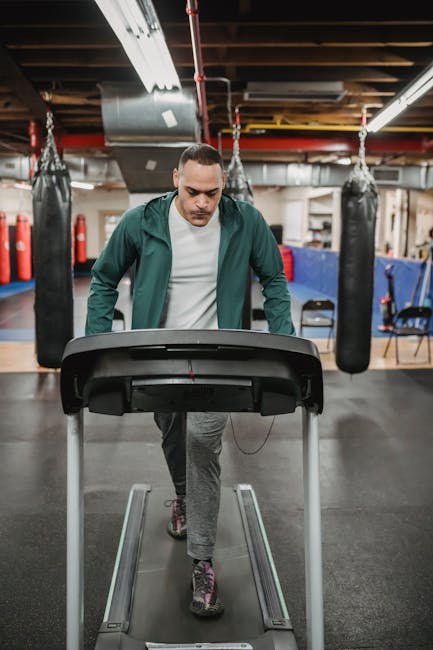
Intrigued by the potential benefits and a healthy dose of curiosity, I decided to embark on a rather unusual fitness challenge: walking backwards on the treadmill for an entire week. My knees, often a barometer of my physical activity, were the primary focus. This is my experience, the good, the bad, and the surprisingly insightful results.
Why Backwards Walking?
The idea sparked from research suggesting that backwards walking can offer unique benefits compared to forward movement. It engages different muscle groups, may improve balance, and potentially reduces impact on the joints. The idea of potentially strengthening my knees, and giving them a break from forward impact, was very appealing.
The Experiment: My Week of Reverse Treadmill Travels
I committed to 20-30 minutes of backwards treadmill walking each day. The speed was slow, starting at a very gentle 1 mph and gradually increasing it to 1.5-2 mph as I gained confidence. Here’s a daily breakdown:
- Day 1: Awkward and Unstable. The first few minutes were a test of balance. My calves burned, and I was hyper-aware of my surroundings. My knees felt…different, in a good way.
- Day 2: Muscle Soreness and Adaptation. The soreness set in. My calves and quads were protesting, but my knees felt surprisingly good. The initial awkwardness started to fade.
- Day 3: Finding a Rhythm. I started to find a rhythm. I could look ahead, not constantly down, and focus on maintaining a steady pace.
- Day 4: Increased Speed and Confidence. Increased the speed slightly and enjoyed the new challenge.
- Day 5: Focus on Form. Paying close attention to posture, ensuring I wasn’t leaning too far forward or backward.
- Day 6: Minor Discomfort. A slight ache in the front of one knee, likely a result of the unusual movement.
- Day 7: Feeling Stronger. The week concluded with a feeling of accomplishment. I was more comfortable and my knees felt stronger overall.
The Knee Verdict: What Happened?
Here’s what I noticed about my knees, specifically:
- Reduced Impact: Backwards walking seemed to reduce the direct impact force on my knees compared to forward walking, where my knees tend to absorb more shock.
- Increased Range of Motion: The movement encouraged a different range of motion, potentially helping to increase knee flexibility and reduce stiffness, a real positive for me.
- Mild Soreness (Initially): The change in movement did cause some mild soreness in the surrounding muscles, but it dissipated as my body adapted.
- Potential Strength Gains: While not a scientific study, the overall feeling was that my knees felt more stable, which is often indicative of increased muscle strength.
Important Considerations and Disclaimers:
- Consult Your Doctor: Before starting any new exercise routine, consult with your doctor, especially if you have pre-existing knee problems or joint issues.
- Start Slow: Begin with a low speed and short duration.
- Listen to Your Body: If you feel any sharp pain, stop immediately.
- Treadmill Safety: Always use the safety features on the treadmill, and ensure you’re in a clear space.
Conclusion: Would I Recommend It?
Yes, cautiously. I think this experience provides some insights into the benefits of changing your normal movement. For me, the biggest takeaway was the potential for incorporating varied movement into a fitness routine. For anyone looking to try a different, lower-impact way to work their muscles, and especially looking for new exercises that will benefit their knees, backwards treadmill walking is worth exploring. Just remember to listen to your body and prioritize safety!
